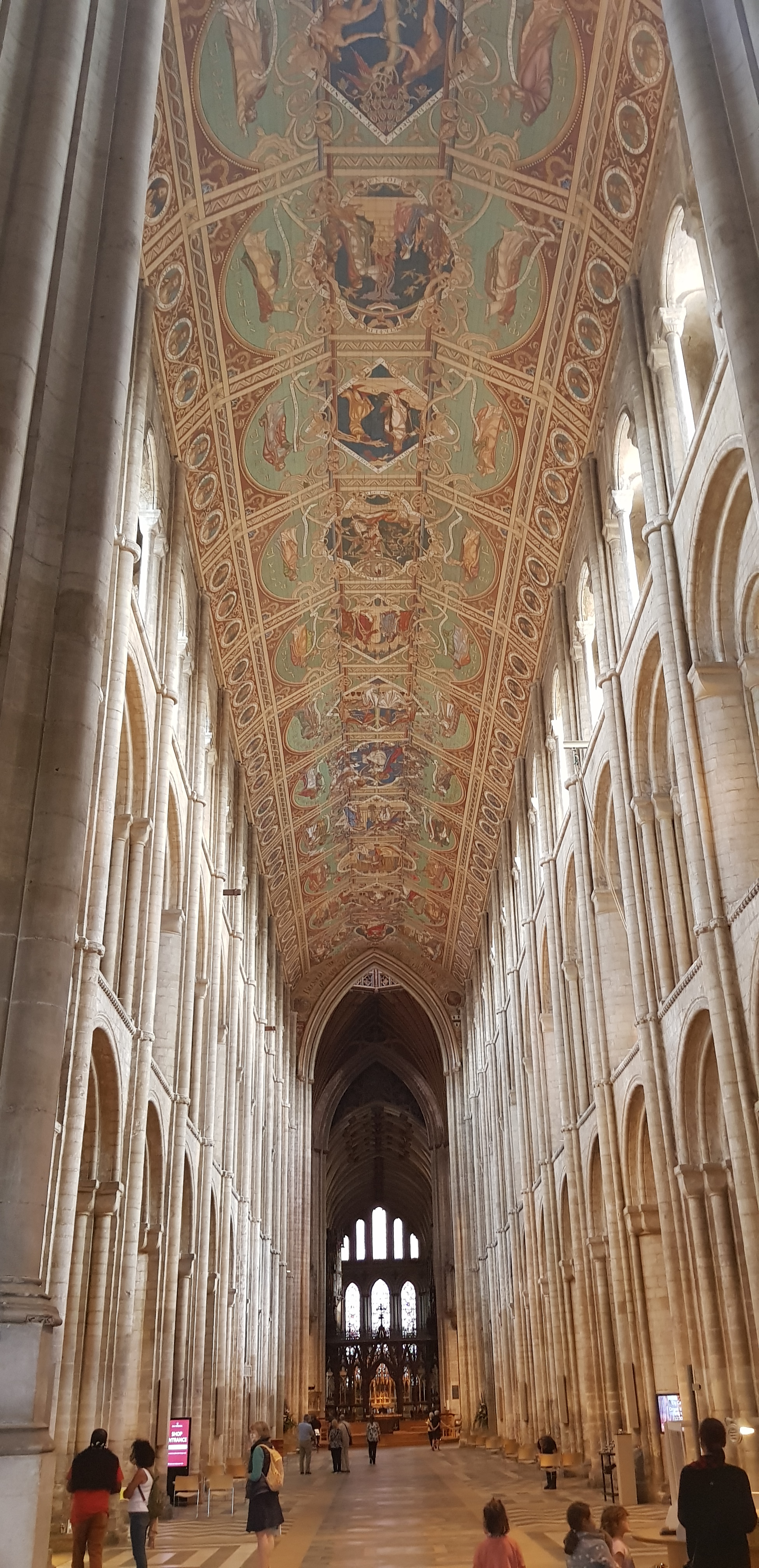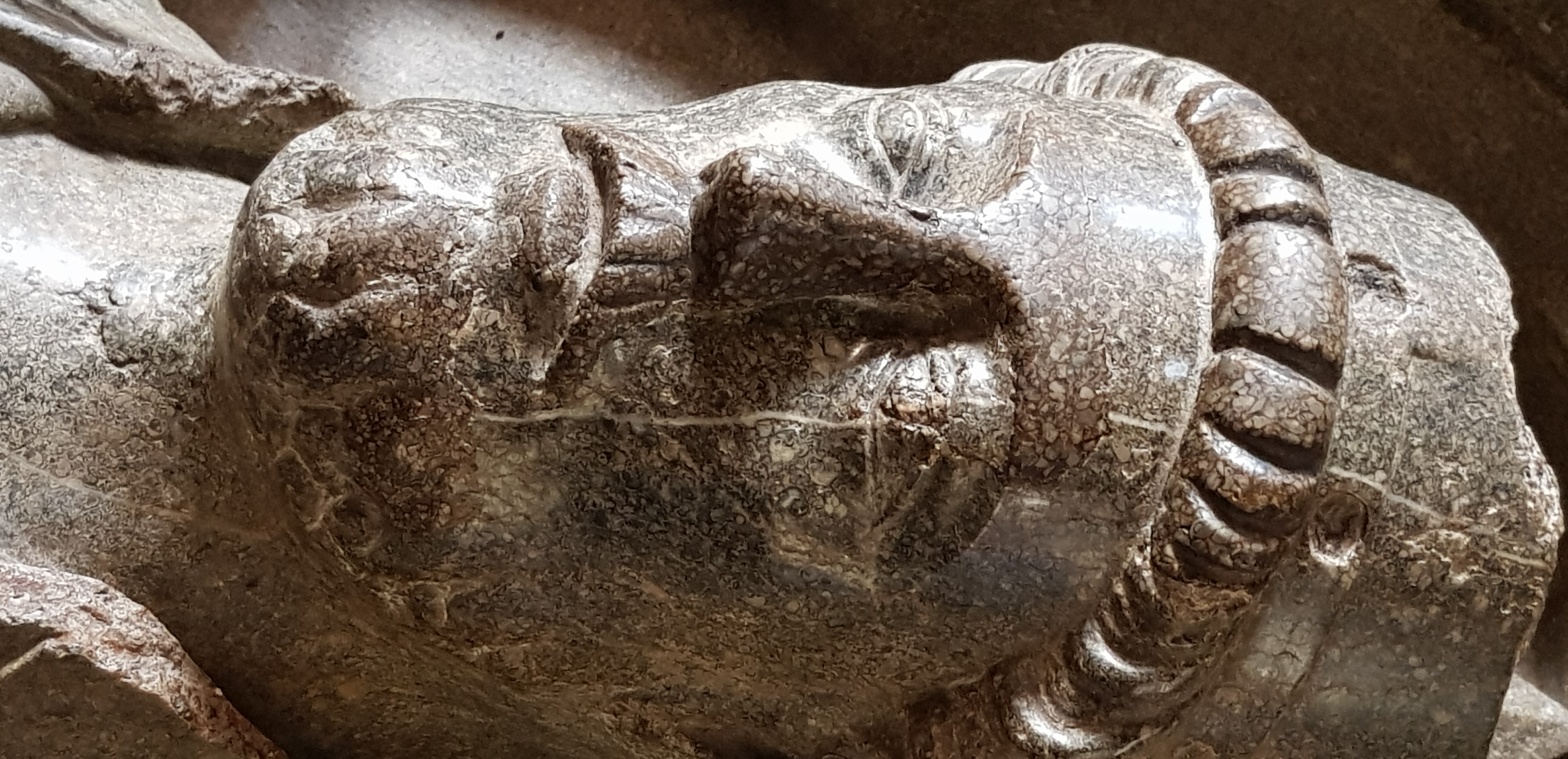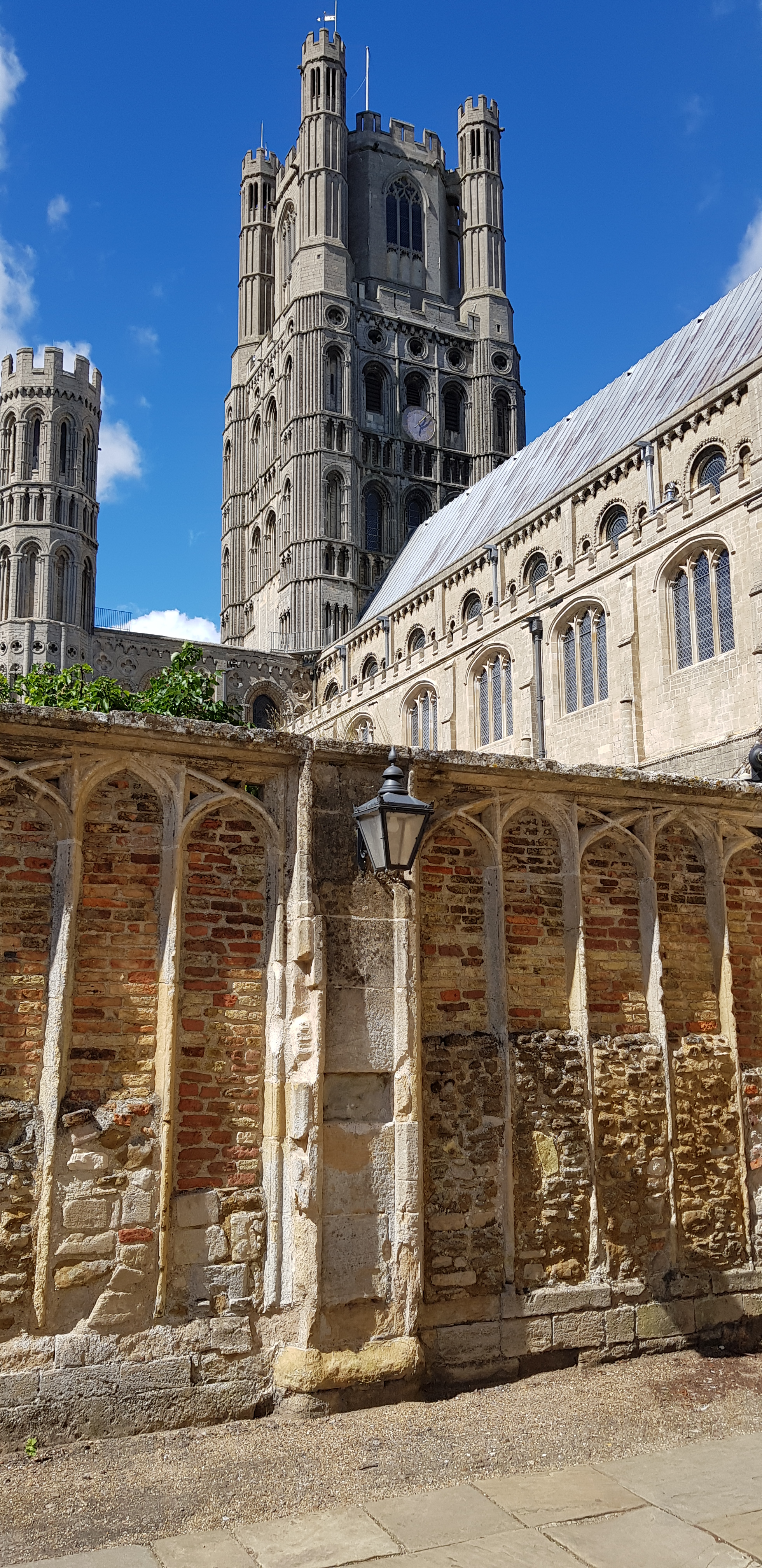It always pays to do some research, even, when as I am, you are creating your literary world. My novels are set in a post-apocalyptic but not dystopian future England, very roughly Edwardian society meets Tudor politics. This means that I can play a little bit with how things are in relative safety and the geography of the country is very different.
For my new novel I have set part of it in the Fen country of East Anglia. Today this is very low lying, quite a lot below sea level, as it sank after the reclamation work that drained a huge area of marshland for farming. To maintain this as agricultural land requires an immense effort in pumps, sluices and water management that is both specialised, energy intensive and costly. In the event of an apocalyptic pandemic there would be neither the resources nor the will to continue this and it would revert to marshes, meandering, ever changing river courses and isolated landmasses. Thus it was in medieval England and thus it would be again. This is quite an exciting space to play with and I am having a ball with the cloak and dagger activities among the smugglers and ne’er do wells that live in this desolate but rich environment. Marshlands, historically, were rich, bountiful in game, fish, thatching, timber and the means to move the products, vis water and boats. Large scale settlements were few because land above the water was limited, and even more limited when you were seeking places above the level of major flooding.
The Isle of Ely was one such place. Once it was a genuine island, on the southern edge of the area known as the Fens. This area was home to rebels who fought the Romans for decades and the mysterious Saxon standout Hereward the Wake lived and fought here, successfully defying the Normans for nearly a decade before disappearing entirely. I was looking for a suitable venue for some of my characters to meet and Ely seemed to be it. The town has a magnificent Norman cathedral, planted here as a statement of might by the conqueror. It had to figure in my plot, so I created a scene where my protagonists escape pursuers by ducking through the cathedral. There began my problems.
I went to visit the place to see if a little familiarity could improve the atmosphere in my writing, since it is many years since I had been there. All went well until I got talking to the tour guide and discussing my plot and he said simply, ‘Oh no, you can’t get through there, that’s the Bishop’s garden.’ Curses. Now my choices are dear reader, rewrite the entire chapter, to get the geography to line up with how it is now, or postulate that the ravages of civil war had knocked down the bishop’s house and that his garden is now an open space that is used for a fair ground. Is it lazy to go for the latter? I am taking substantial liberties with how the town in the ‘future’ will look compared to now in any event…



It is by the way, a lovely little place if you are in the area, not far from Cambridge and the last stop before you head out into the Fen proper, which I would not recommend for those seeking fun or fine scenery.
The cathedral itself is, as you can see, quite breath-taking, it is one of my favourites in the whole country. Justifiably famous for its roof and its unique octagonal lantern. This incredible construction was put in place when the original tower collapsed in the 1300s. It was impossible to put a new tower in the same place because the cathedral stands on a thin sheet of sandstone which was pounded to dust by the falling tower. Thus a new core to the building was needed that could bridge an unheard of width and not place impossible loads on the walls. The engineer that came up with the solution was a genius. The lantern is 700 tonnes of oak beauty, sheathed in lead, and has stood now for seven hundred years.











Reading this was just lovely 🙂
LikeLike
Thank you! Sorry I took so long to reply – I have been taken up by other stuff in these very strange times.
LikeLike